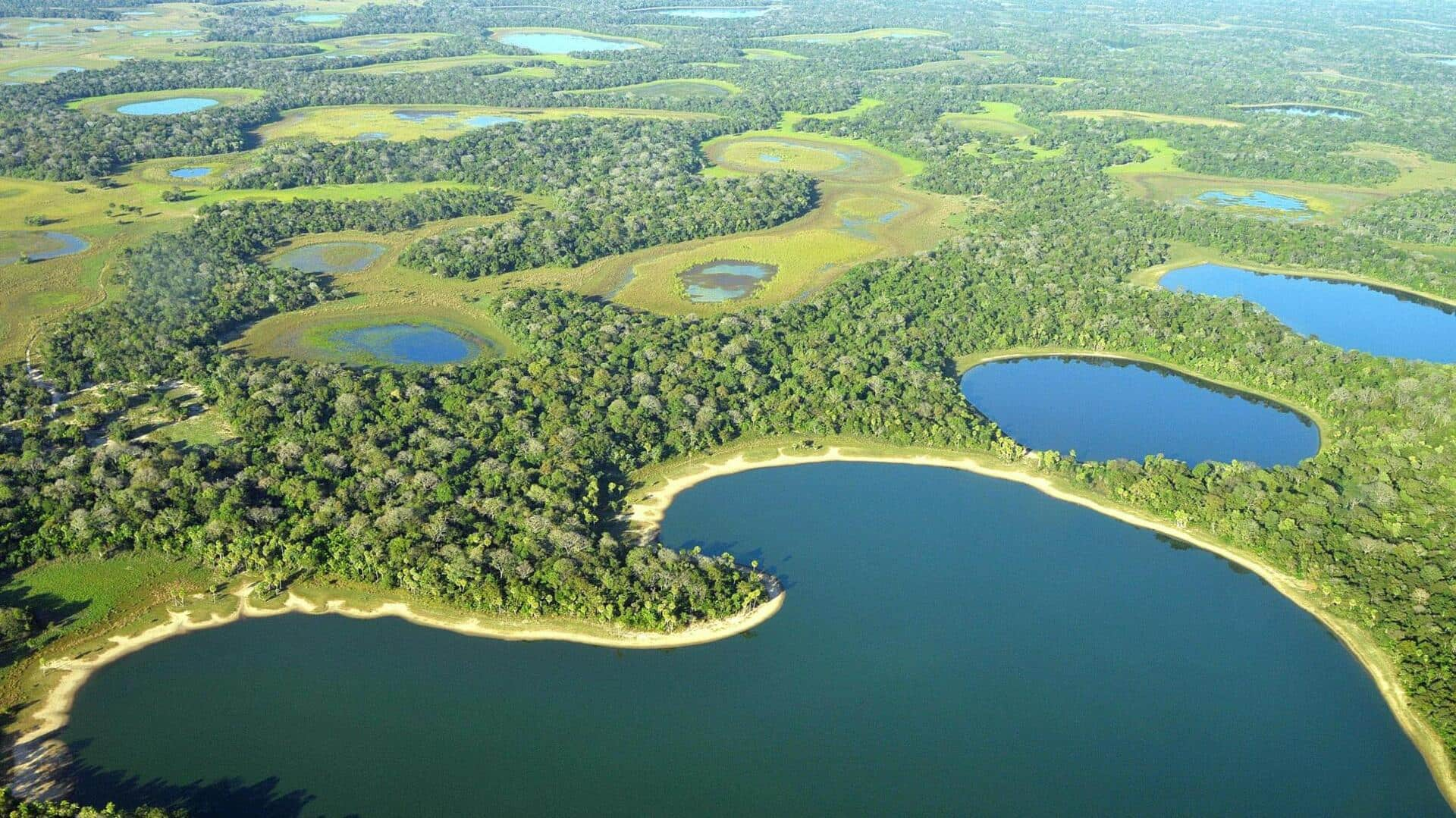
Pantanal, Brazil is a paradise for wildlife photographers
What's the story
The Pantanal in Brazil stands as the world's largest tropical wetland. This expansive seasonal floodplain is a haven for a rich variety of animals and plants. It provides a unique opportunity for wildlife viewing and photography. Photographers flock to this destination to take remarkable photos of jaguars, capybaras, and an impressive array of bird species in their natural surroundings.
Timing
Best time to visit for optimal photography
The optimal time for a wildlife photography journey in the Pantanal is the dry season, spanning from July to October. In these months, as water sources dwindle, animals gather more predictably, making them easier to observe and photograph. Additionally, the weather during this period is more favorable, offering clearer conditions for travel and extended photography sessions in this unique ecosystem.
Tours
Guided tours: Maximizing your experience
For an enhanced wildlife photography adventure in the Pantanal, opting for a guided tour is highly recommended. Expert local guides possess in-depth knowledge about the behavior and habitats of animals, significantly boosting your chances of photographing wildlife successfully. These guides will lead you to secluded areas, away from the usual paths, where you can often find animals in their natural environment.
Gear
Essential gear for wildlife photography
For a successful wildlife photography venture, proper equipment is key. A DSLR or mirrorless camera with a telephoto lens, minimum 200 mm, is indispensable for capturing distant animals without intrusion. Additionally, a tripod is essential for stability during long shoots, and extra batteries and memory cards are must-haves. Protective gear for your camera against dust and water is also recommended.
Ethics
Respect nature: Ethical photography practices
When engaging in wildlife photography in the Pantanal, it is essential to act responsibly toward nature. Keep a safe and respectful distance from the animals. The use of flash should be avoided as it can startle or harm them. Adhering to the guidelines set by your guide or tour operator is vital for your safety and for preserving the well-being of the local wildlife.